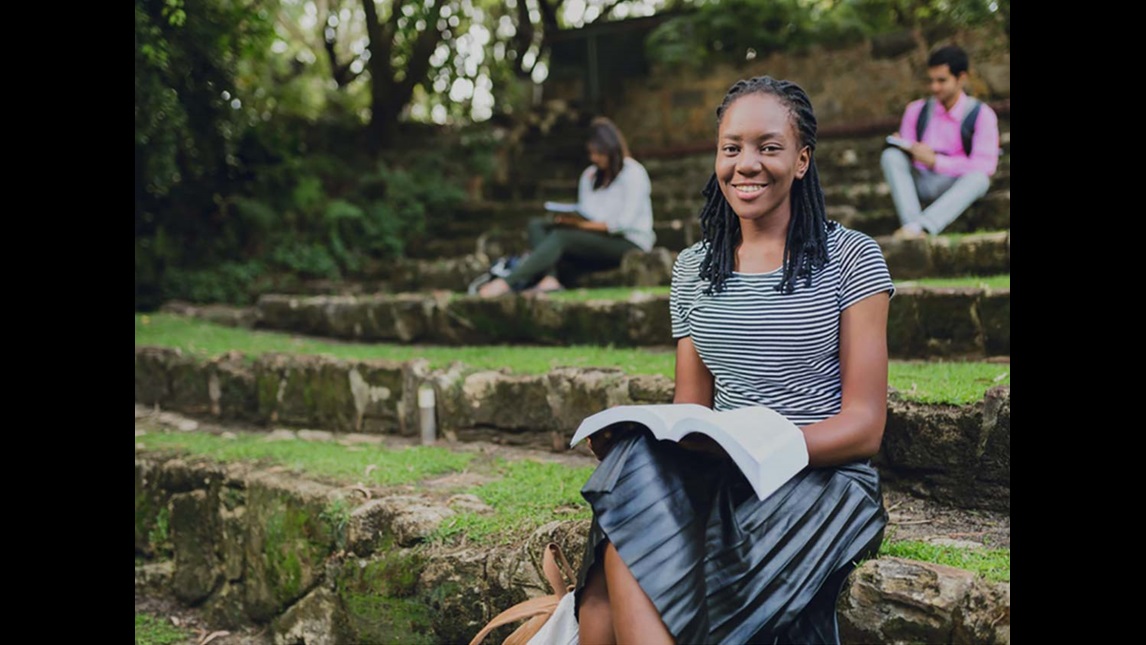Centre for Forensic Anthropology
About us
The Centre for Forensic Anthropology is committed to updating forensic identification standards, developing contemporary population-specific standards and ensuring that the techniques meet evidentiary requirements for legal submission. This comprises formulation of new forensic and archaeological tools based on novel methods, resulting in increased accuracy of skeletal identification in contemporary and historic death scenarios.
Our aims
The Centre for Forensic Anthropology aims to provide excellence in research and education in several areas of interest, leading to professional service provision for the benefit of the global community.
Goals
- Development of population-specific anthropological standards using modern state-of-the-art analytical equipment and methods of forensic science.
- Integration of geometric morphometric analytical approaches for the identification of unknown human remains.
- Archaeological and geophysical search and recovery of human remains.
Community engagement
We provision both outreach and incursions to a variety of external groups as well as providing work experience placements to secondary schools in Western Australia. In 2018 a total of eight work experience students were hosted from schools including Methodist Ladies’ College, Penhros College, Ellenbrook Secondary College, and St Hilda’s Anglican School for Girls.
Our expertise
- Age estimation standards
-
The human infant is born with ca. 270 bones and more develop during early childhood. As the body grows and develops these bones fuse to form the adult skeleton that has on average 206 bones. The adult skeleton then begins to degenerate, particularly the joints. Understanding the pattern of growth and deterioration forms the basis of the biological age estimation.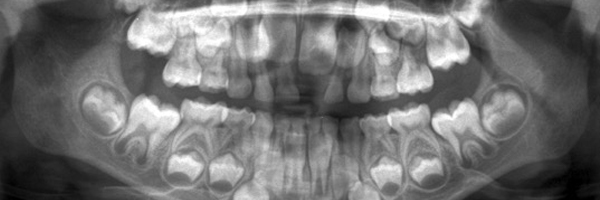
- Sex estimation standards
-
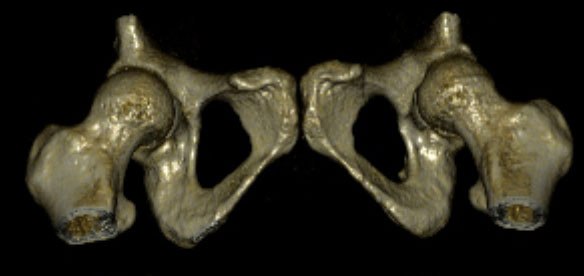
Male and female skeletons have biological differences that can be statistically quantified. Some bones, such as the pelvis, are more different between the sexes than other bones, for example the ribs. Knowing which bones are sexually dimorphic, and by how much, can aid the identification process for forensic or archaeological purposes.
- Geometric morphometrics
-
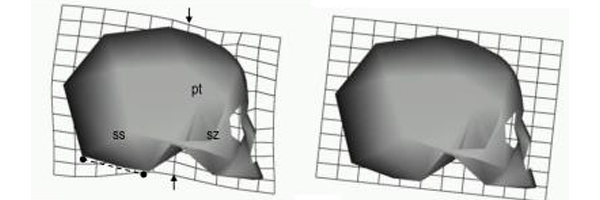
Geometric morphometrics is a three-dimensional approach for the analysis of size and shape (form) variation in biological objects. In forensic anthropology this allows identification of subtle features that may be attributed to developmental or genetic origins (such as age, sex or ancestry).
- Histomorphometry
-
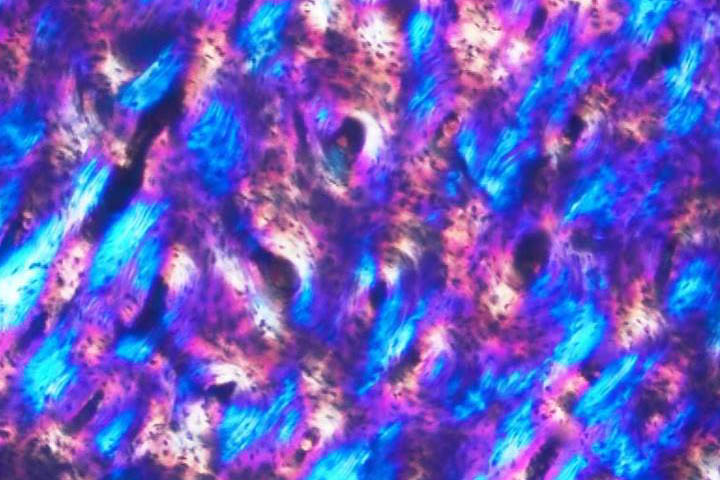
Bone microstructure can differ between species and also changes over time in living and deceased individuals. These differences and modifications form the basis of histological analyses of bones for species identification of fragmented or burnt bone, and for characterising age-related change in humans.
- Virtual anthropology
-

The Centre for Forensic Anthropology is building a virtual skeletal database of contemporary Australians with known age and sex. A three-dimensional and digital record of living and deceased individuals provides a safe and economical platform for researchers to develop population-specific standards for estimating a person’s biological profile. This approach can be applied to other global populations who do not have access to large documented skeletal collections.
- Ground Penetrating Radar - GPR
-
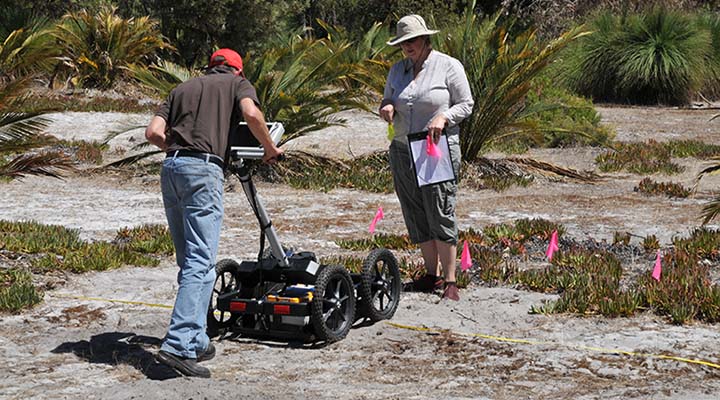
GPR is a geophysical method that uses radar pulses to image the subsurface. This non-destructive approach uses electromagnetic radiation in the microwave band (UHF/VHF frequencies) of the radio spectrum, and detects the reflected signals from subsurface structures. Subsurface image data can be viewed in real time and it is stored digitally to allow further post-processing analysis and interpretation. GPR can be used in a variety of media including rock, soil, ice, fresh water, pavement and structures. It can detect objects, changes in material and voids.
- Forensic archaeology
-
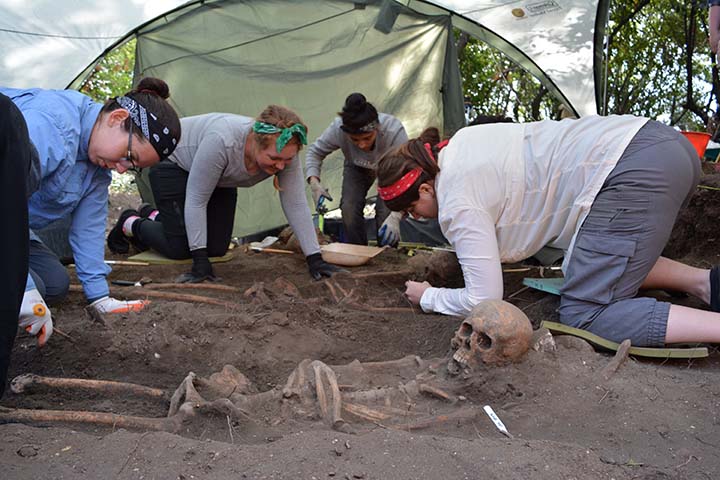
Maximising the recovery of human remains and associated artefacts in a culturally sensitive, scientific and professional manner requires a detailed knowledge of the human skeleton. Complex (fragmentary, commingled, disturbed, etc.) burials can be excavated efficiently with minimal loss of bone and associated cultural remains. The ability to identify fragmented and juvenile remains is imperative for complete and timely recovery. In most cases preliminary age and sex estimates can be established with remains still in situ; this is especially important for extremely fragile remains which are unlikely to be recovered intact.
- 3D imaging
-
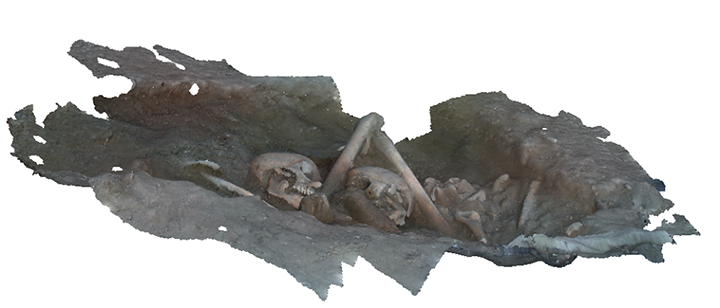
Archaeology is a destructive process which must be recorded with precision and accuracy. Laser scanning provides a highly visual and metrically accurate way to record the archaeological excavation in progress. 3D scanning can also be useful in the post-excavation phase of a project – laser scanning allows material that cannot be removed from a site for cultural, religious, accessibility, or legal reasons to be analysed further in the laboratory.
Our staff and students
- UWA staff
- Our students
-
PhD students
- Lauren Swift
- Ariane Maggio
- Angel Desmarais
- Salina Hisham
MSc research students
- Sonika Patel
- Oliver Whelan
- Taya Melling
- Danielle Chin
- Rebekah Lloyd
- Adjunct staff
-
- Andrea Cardini
- Hadyn Green
- Robin Hart
- Murray Marks
- Paul O'Higgins
- Zuzana Obertova
- Gavin Turbett

